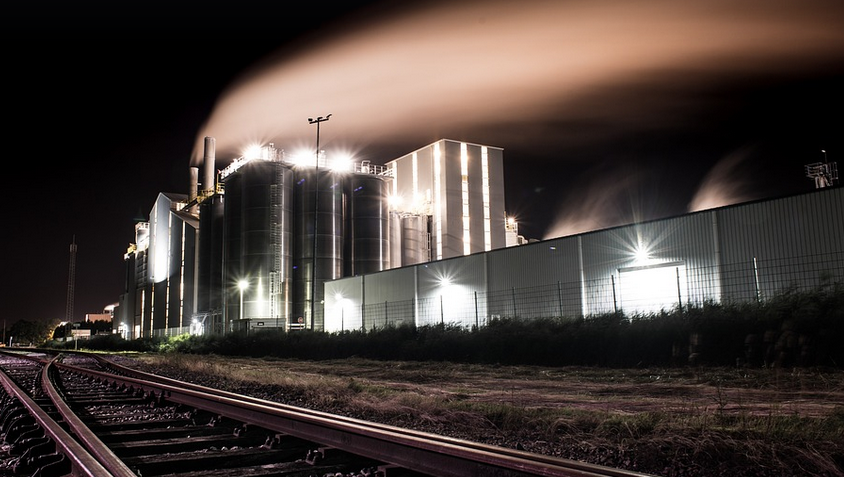Unraveling the Mysteries of Welding
Welding – a cornerstone of modern manufacturing, with applications spanning from crafting intricate aircraft components to assembling sturdy household appliances. The magic happens when metals join forces through controlled heat and pressure, forming a seamless fusion that holds weight and shape.
But how does this seemingly simple act of joining metal pieces come to life? Enter two distinct approaches – manual welding and robot welding. These techniques, though both aimed at achieving the same goal – creating strong and durable connections – differ drastically in their execution, offering unique advantages and challenges.
Let’s embark on a journey to demystify these captivating welding methods, exploring their intricacies and uncovering the symphony of factors that dictate their success.
**Manual Welding: The Human Touch**
Manual welding, as its name suggests, relies solely on human hands and skill. Skilled welders wielding torches or electric arcs are at the helm of this process, meticulously manipulating the heat source to melt the metal’s surface.
Picture a welder carefully directing an arc across a steel plate, observing closely for signs of proper penetration and bead formation. This technique demands precision, dexterity, and years of experience. The welding process can be slow, but it offers unparalleled control over each weld, allowing for intricate details and customized designs.
Manual welding is ideal for:
- **Small and complex projects:** Its precise control allows for delicate work on intricate components like micro-electronics or medical devices.
- **Welding thin materials:** Manual welders excel in working with thin steel sheets, achieving consistent strength and minimizing unwanted warping.
- **Customization:** It offers unmatched flexibility to create customized parts that defy the limitations of robotic capabilities.
**However, manual welding faces challenges, including:
- **Limited speed:** The process can be slow compared to robot-assisted methods, impacting production rates and potentially increasing costs for large projects.
- **Exhaustion and fatigue:** The constant physical exertion required of welders can lead to physical strain and potential safety risks if not properly managed.
- **Human error:** Despite years of experience, human judgment plays a critical role in manual welding. Inconsistent execution due to fatigue or external factors like temperature fluctuations can lead to weld defects and compromised product quality.
**Robot Welding: The Automation Advantage**
Enter the realm of automation! Robot welders offer a new paradigm in welding, transforming it into a highly efficient and reliable process. Imagine skilled robots, guided by computer programs, manipulating their robotic arms to perform intricate welds.
These mechanical marvels use advanced sensors and software to track molten metal flow and adjust parameters for consistent and precise welding. The result? A symphony of synchronized movements that outperforms human welders in terms of speed, precision, and repeatability.
Robot Welding shines in these areas:
- **Increased Speed:** Robot welding can achieve incredible speeds compared to manual welding, significantly boosting production rates and lowering manufacturing costs.
- **Improved Accuracy and Consistency:** Robots operate with unwavering precision, minimizing human error and ensuring consistent quality across batches of welds.
- **Enhanced Safety:** Robots work in hazardous environments, free from fatigue and exposure to harmful fumes or sparks, fostering a safer workplace for humans.
**Challenges with Robot Welding:**
- **High initial cost:** The need for sophisticated robotic infrastructure can drive up the costs of implementation.
- **Programmability and Maintenance:** Programming robots requires specialized skills and expertise. Moreover, regular maintenance is essential to ensure optimal performance and longevity.
- **Limited Adaptability:** Robots are best suited for repetitive welding tasks. Their flexibility may be limited when dealing with intricate or unique shapes compared to manual welders.
**The Choice: Manual vs Robot, Which is Best?**
Deciding between manual and robot welding depends on a myriad of factors. The choice hinges on the specific project requirements, budget constraints, desired precision, and safety considerations.
**Manual Welding:** Ideal for small projects requiring high control, customization, and thin materials. It’s suited to those who value a personal touch and appreciate the intricacies of hand-crafted welds.
**Robot Welding:** Best suited for large-scale production, where speed, consistency, and safety are paramount. It excels in repetitive tasks and environments where human intervention is risky or inefficient.
Ultimately, both techniques hold their own unique strengths and weaknesses. The choice rests upon understanding the diverse needs of each project and choosing the method that best aligns with those requirements.
